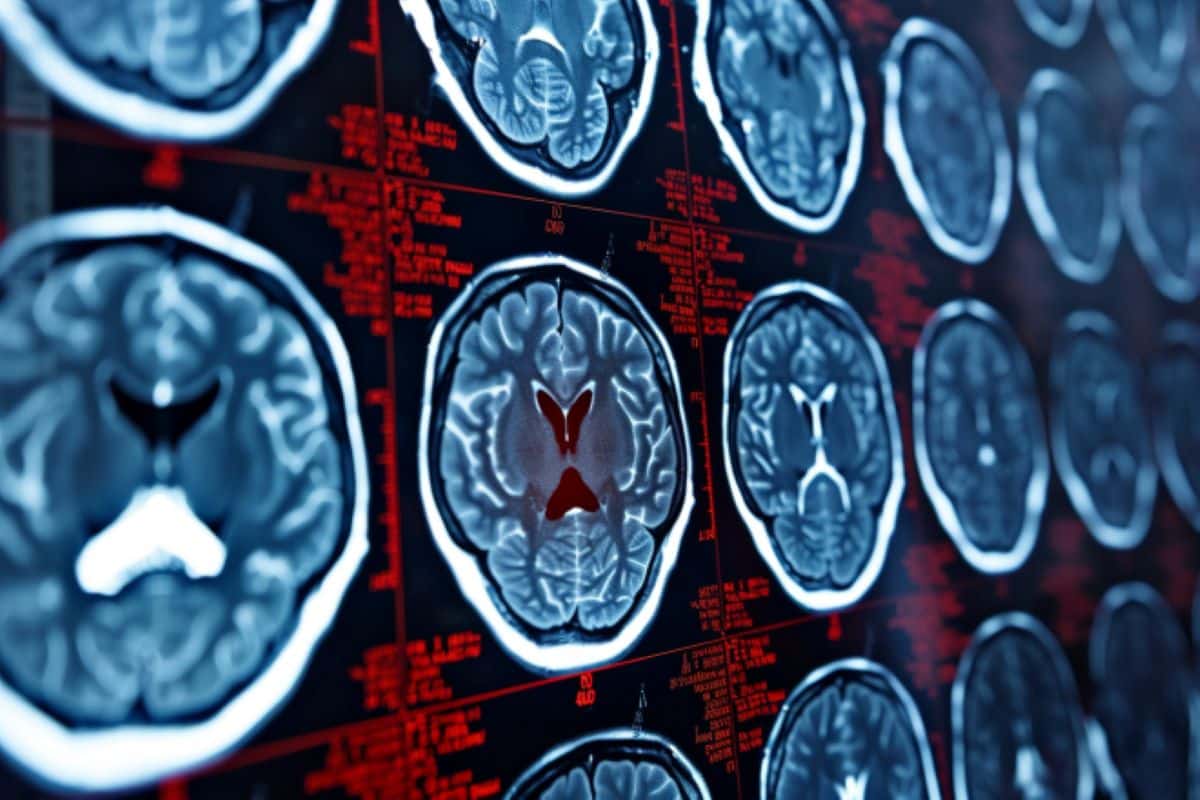Summary: A new study finds that brain topological resilience (BTR) negatively correlates with age and vascular risk factors, while positively correlating with cognitive function. Researchers analyzed data from two multi-ethnic cohorts and found that lower BTR is associated with cognitive decline. This study suggests that BTR is an important marker to assess brain health affected by vascular risks and atherosclerosis.
Highlights:
- Lower BTR correlates with age and higher vascular risk factors.
- Higher BTR is linked to better cognitive function.
- BTR serves as a potential biomarker for brain health and cognitive decline.
Source: Science China Press
Existing research indicates that late-life cognitive impairment is the result of a sequence of events across the lifespan, with vascular risk factors playing a crucial role in this process. It is important to develop biomarkers capable of detecting the early effect of vascular risk factors on the brain.
Brain connectomes introduce measures based on an integrated perspective to quantify and analyze brain changes, thereby providing potential biomarkers. However, there are currently no large cross-racial database analyzes in this area.

This study examined the relationship between brain topological resilience (BTR), aging, vascular risk factors, atherosclerosis, and cognition in middle-aged and older adults.
Two independent, multi-ethnic, community-based cohorts were used in this study: the PolyvasculaR Evaluation for Cognitive Impairment and Vascular Events (PRECISE) database and the MAS database.
Brain structural networks were constructed based on the Brainetome model and diffusion-weighted imaging (DWI) data. A combination of k-shell decomposition and node degree centrality was used to determine the order of targeted attack nodes.
The obtained BTR values were then analyzed to determine associations with age, vascular risk factors (VRF), atherosclerosis (AS), and cognition. Structural equation modeling (SEM) was used to assess the directed relationships between these variables.
In the PRECISE cohort, BTR had a negative correlation with age (R = -0.342, P < 1 × 10-16) and a positive correlation with cognition (measured by MoCA scores, R = 0.174, P = 2.22 × 10-16). This result was also validated in the MAS cohort, where it was negatively correlated with age (R = -0.173, P = 0.003) and positively correlated with global cognition scores (R = 0.258, P = 2.74×10-5) and MMSE (R = 0.185, P = 0.003).
Significant and negative correlations were found between the BTR and the two weighted VRFs (R = -0.109, P = 2.51×10-7) and AS scores (R = -0.131, P = 6.25×10-10) in the PRECISE cohort. In the MAS cohort, there was a negative correlation between weighted BTR and VRF scores (R = -0.187, P = 0.004).
The results of SEM analyzes showed that the controlling effect of volume, pathways from age (standardized B = -0.255FDR correction P < 1 × 10-16), weighted VRF (standardized B = -0.050FDR correction P = 0.031) and weighted AS (standardized B=-0.047FDR correction P = 0.042) to the BTR were statistically significant. The path from BTR score to MoCA score was also significant (standardized B=0.051FDR correction P = 0.039).
In summary, this study integrated neuroimaging and network science methods to propose a brain topological resilience (BTR) metric that reflects brain robustness.
Furthermore, this study examined whether variables such as aging, vascular risk factors, and atherosclerosis lead to cognitive decline by affecting BTR. SEM supported the pathways in which BTR mediated the effect of aging and atherosclerosis on cognition, even after controlling for the effects of brain volume. This study suggests that BTR is an important marker that reflects the effect of risk factors on cognition.
Results indicated that the combination of vascular risk factors, atherosclerosis, cognitive function, and this multidisciplinary measure provides a valuable and practical measure for assessing and improving brain health.
About this news on research in cognition and brain health
Author: Bei Yan
Source: Science China Press
Contact: Bei Yan – Science China Press
Picture: Image is credited to Neuroscience News
Original research: Free access.
“Exploring the link between brain topological resilience and cognitive performance in the context of aging and vascular risk factors: a population-based cross-ethnic study” by Tao Liu et al. Scientific bulletin
Abstract
Exploring the link between brain topological resilience and cognitive performance in the context of aging and vascular risk factors: a cross-ethnic population-based study
Brain aging is generally associated with a significant decline in cognitive performance. Vascular risk factors (VRF) and resulting atherosclerosis (AS) play a major role in this process.
Brain resilience reflects the brain’s ability to resist external disturbances, but the relationship between brain resilience and cognition during the aging process remains unclear.
Here, we investigated how brain topological resilience (BTR) is associated with cognitive performance in the face of aging and vascular risk factors.
We used data from two cross-ethnic community cohorts, PolyvasculaR Evaluation for Cognitive Impairment and Vascular Events (PRECISE, not = 2220) and Sydney Memory and Aging Study (MAS, not = 246).
We carried out an attack simulation on the structural networks of the brain based on k-Hull decomposition and node degree centrality.
The BTR was defined based on changes in the size of the largest subgroup in the network during the simulation process. Subsequently, we explored the negative correlations of BTR with age, VRF and AS, as well as its positive correlation with cognitive performance.
Additionally, using structural equation modeling (SEM), we constructed path models to analyze the directional dependencies between these variables, demonstrating that aging, AS, and VRF affect cognition by disrupting the BTR. Our results also indicated the specificity of this metric, independent of brain volume.
Overall, these results highlight the supportive role of BTR on cognition during aging and highlight its potential application as an imaging marker for the objective assessment of brain cognitive performance.